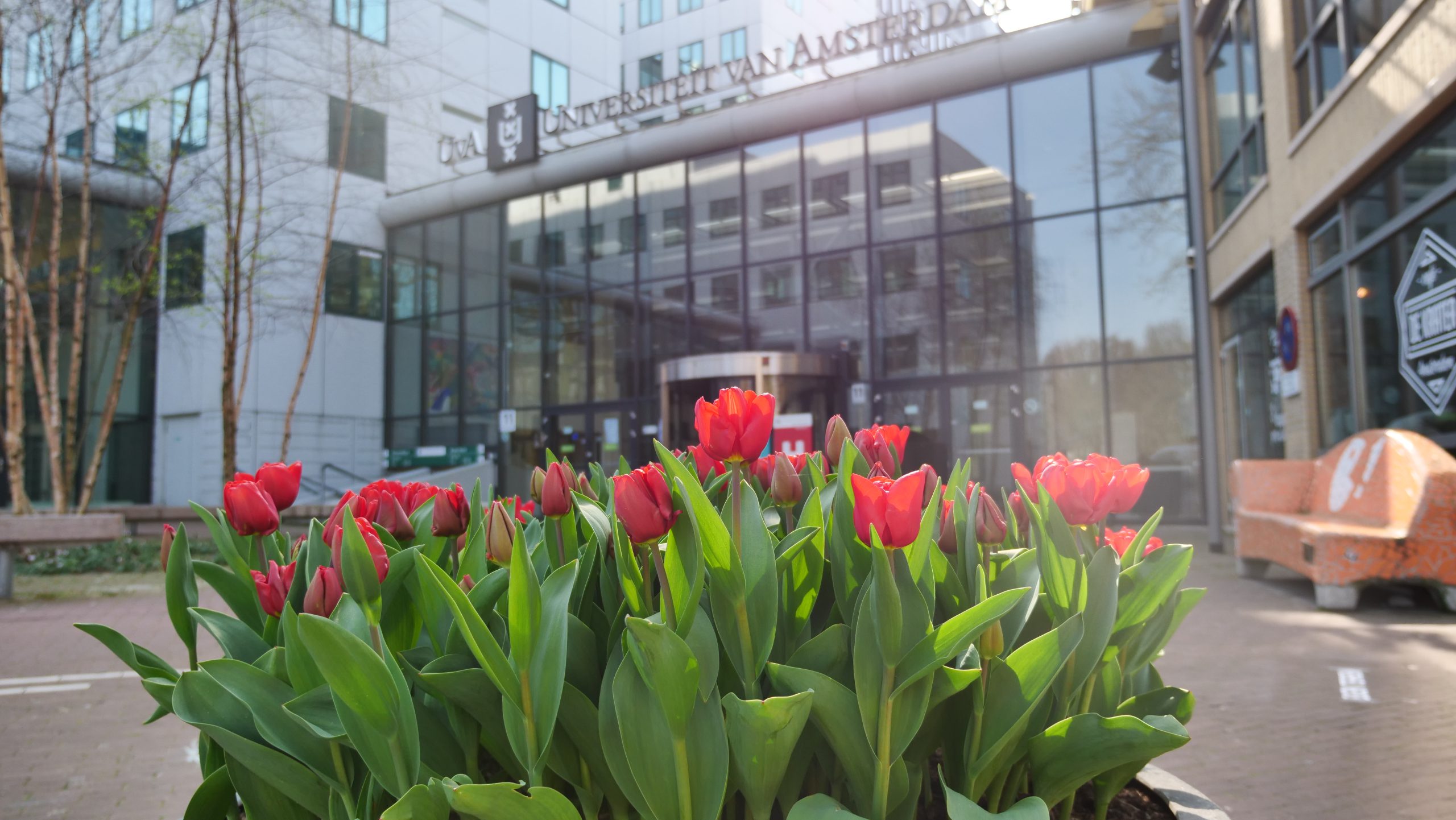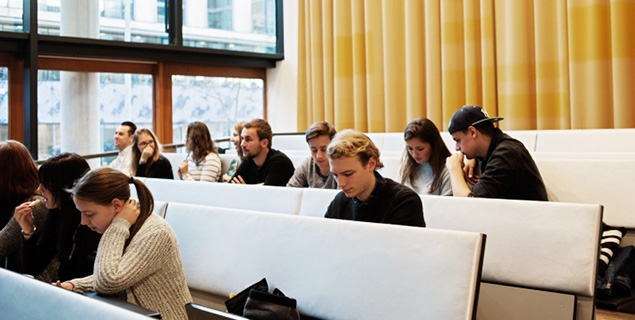
Teacher story: Annemarie Zand Scholten
Dr. Annemarie Zand Scholten
Director Centre for Blended Learning Economics and Business
I made sixty wonderful videos for our students… who couldn’t be bothered to watch them.
What happens in the lecture halls can make or break the flipped-classroom approach.
Flipping the classroom involves moving the content of your regular lectures to pre-recorded videos that can be studied from home, thus freeing up your time with the students for practising, discussion and feedback. This approach can be quite useful for larger groups, where variation in prior knowledge and student engagement sometimes prove problematic. But how well it works wholly depends on whether students actually watch the videos at home and how active they are during the lecture.
Complete disaster
For my first attempt at flipping the classroom, I enthusiastically made sixty rather wonderful videos for our students with concise explanations of the basic course content. I told the students that this course would be a very different beast,and tried to instil into them the importance of carefully studying the first five videos. I further warned them that, during the lectures, we would only discuss those parts of the videos that they found difficult.
Only a handful of students had actually looked at the videos. Any chance of having an interesting debate with 250 students had gone out of the window.
It was a complete disaster. Only a handful of students had actually looked at the videos. Students were unable to say which bits of the videos they found harder to understand, and they were completely oblivious of core concepts and terms.Any chance of discussing specific examples or having an interesting debate with 250 people had gone out of the window. It took less than fifteen minutes to convince me to open up my good old PowerPoint slides, and revert the classroom back to its old-fashioned unflipped state.
Stamina and structure: getting students to prepare and interact
The following year, however, after a few adjustments here and there, the course worked brilliantly. In fact, lecturing had never been so much fun. Here’s how I did it: I let the first session go awry just as it had the previous year. But this time, I stood my ground and said: “Right, clearly this does not work, and it is your fault. We can only have a proper academic discussion if you guys know the core terms, at the very least. We are done for today; next time make sure you prepare properly.”
The first session went just as the previous year, but this time I stood my ground.
This was enough of an incentive for them to watch the videos from then on. In addition, I used recurring elements that provided structure (discussion of difficult course content, answering mock exam questions, working on a case) and that I could prepare in advance (How do I start a discussion if students don’t?). This resulted in motivated students who actively participated and were really engaged in the course.
The moral of this story? Only perform a full classroom flip if you are confident you can get students to watch the videos, and if you can fill your lectures with meaningful interactive components.Teaching suggestion: Begin by flipping only part of your lecture to see of you can get the basic principle up-and-running.
Example video: '101 of non-scientific methods'








